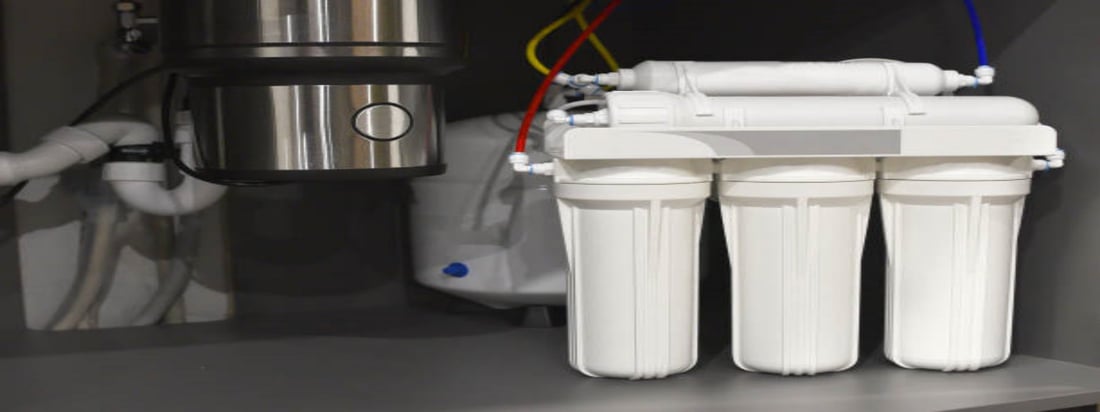The Basics of a Portable Water Softener System
When it comes to ensuring the quality of our water, many of us are familiar with the concept of water softeners. However, not everyone knows how portable water softener systems work. In this article, we will delve into the various aspects of these systems and shed light on their inner workings.
Understanding Hard Water
Before we delve into how a portable water softener system works, it is crucial to understand the concept of hard water. Hard water contains high levels of minerals, such as calcium and magnesium. These minerals can cause various issues, including limescale buildup, reduced soap efficiency, and even damage to household appliances.
The Purpose of a Water Softener
A water softener, whether portable or not, is designed to remove the minerals present in hard water. By doing so, it helps prevent the issues associated with hard water and ensures the water you use is of higher quality.
Ion Exchange Process
The primary mechanism behind the functioning of a portable water softener system is the ion exchange process. This process involves the replacement of calcium and magnesium ions with sodium ions.
Resin Tank
The heart of a portable water softener system is the resin tank. This tank contains a bed of resin beads, which are typically made from a synthetic polymer material called polystyrene. These resin beads have a negative charge and are responsible for attracting the positively charged calcium and magnesium ions.
Brine Tank
Connected to the resin tank is the brine tank, which contains a solution of water and sodium chloride (salt). During the regeneration process, this brine solution is used to recharge the resin beads.
Softening Process
When hard water enters the resin tank, the calcium and magnesium ions cling to the resin beads, while the sodium ions are released into the water. This exchange effectively softens the water by removing the minerals responsible for its hardness.
Regeneration Process
Over time, the resin beads become saturated with calcium and magnesium ions and need to be regenerated. This is where the brine tank comes into play. The brine solution from the brine tank is flushed through the resin tank, washing away the accumulated minerals and replacing them with sodium ions.
Backwashing and Rinsing
After the regeneration process, the resin tank goes through a backwashing and rinsing phase. During this phase, water is flushed through the resin tank to remove any remaining brine solution or impurities.
Efficiency and Maintenance
Portable water softener systems are known for their efficiency and convenience. They are designed to be easily transported and can be used in various settings, such as RVs, boats, or vacation homes. Additionally, regular maintenance, such as cleaning and recharging the system, ensures optimal performance.
Conclusion
A portable water softener system works by utilizing the ion exchange process to remove calcium and magnesium ions from hard water. This process involves a resin tank, a brine tank, and a regeneration cycle. Understanding how these systems work can help you make an informed decision when it comes to choosing a portable water softener for your specific needs.

